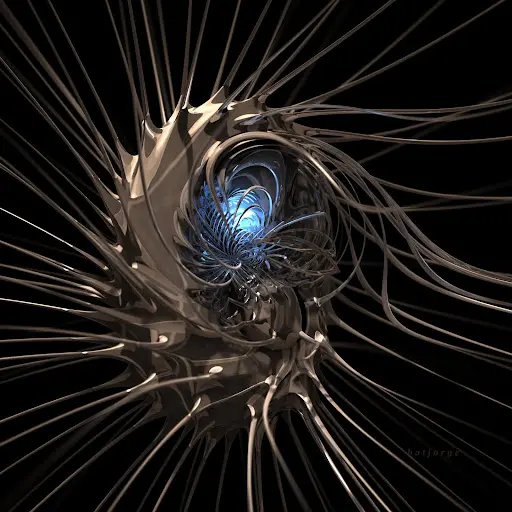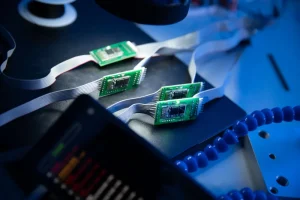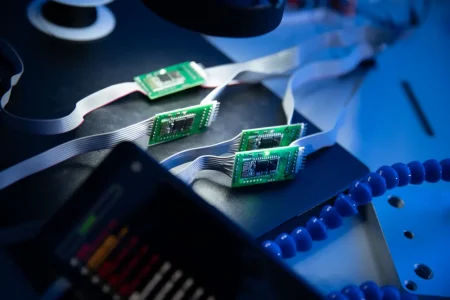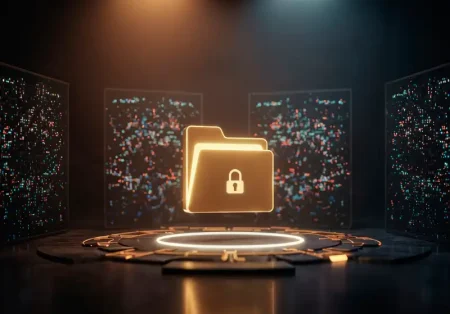Teleportation over the internet, teleportation to run an algorithm, and single-photon teleportation. Three different breakthroughs. Three pieces of the same puzzle.
Teleportation is real, or so the headlines claim. Over the past few months, science media have been buzzing with bold declarations that we’ve finally crossed the teleportation threshold. But before you expect a “beam me up” moment, it’s worth separating the clickbait from the genuinely groundbreaking. What’s actually happening is far more interesting and real.
In December 2024, researchers at Northwestern University teleported the quantum state of a photon through 30.2 km of live, internet-carrying fiber-optic cable, using everyday telecom infrastructure. Then, in February 2025, a team at Oxford University used teleportation to link two physically separate quantum processors, performing a real logic operation across machines.
And just weeks later, in April 2025, scientists at the University of Illinois demonstrated single-photon teleportation using a miniaturized photonic chip, bringing quantum hardware down to a scalable size. Three different breakthroughs. Three pieces of the same puzzle.
Quantum Teleportation over Internet Cables

On December 20, 2024, a team led by Prof. Prem Kumar at Northwestern University’s McCormick School of Engineering achieved a landmark demonstration: quantum teleportation over a 30.2 km span of active internet‑carrying fiber-optic cable. Using standard telecom wavelengths, the researchers injected entangled photons into the same fiber already transporting 400 Gbps of classical data. By identifying a “less crowded” wavelength and installing narrow-band filters, they successfully shielded the fragile quantum signal from overwhelming noise.
Jordan M. Thomas, the paper’s first author, set up the system with a photon transmitter at one end and a receiver 30 km away, with intermediate Bell-state measurements. This wasn’t a short lab cable, it was real infrastructure. The result: intact quantum states emerging at the remote end, proof that quantum teleportation can share fiber with everyday internet traffic.
This experiment isn’t just a flashy proof‑of‑concept; it addresses a critical infrastructure challenge. Previous teleportation work required creating dedicated, pristine channels for entangled photons, limiting scalability. Talented as those were, they didn’t interact with live networks. Kumar’s team, however, showed that teleportation can coexist with commercial traffic, using existing internet infrastructure. This dramatically lowers deployment costs and complexity for what we believe to be a future “quantum” internet.
Published in Optica, the study essentially paves the way to roll out quantum technologies without having to rewire the entire world. This isn’t just about distance or technology, it’s about integration. By synchronizing with current telecom systems, this step transforms quantum teleportation from a physics demonstration into a viable engineering solution that is ready for real-world trials.
Network-Distributed Quantum Information Processing

In February this year, researchers at Oxford University used quantum teleportation to perform a logic gate between two physically separate quantum computing modules. The experiment saw two trapped-ion processors connected by optical fiber, with the quantum gate carried out not by direct interaction, but through quantum entanglement and, yes, teleportation!
The real trick? These were two different physical systems acting as a single logical unit, meaning the quantum information didn’t just travel; it processed mid-air, so to speak. Unlike previous work that teleported states for demonstration’s sake, this team actually used teleportation to run part of Grover’s algorithm, a genuine quantum search routine. It’s the difference between testing a telegraph line and sending a real message, and it changes how we think about scalable quantum computing.
Led by Prof. David Lucas and detailed in Nature, the study showed that spatially separated quantum modules can work together to perform a distributed quantum algorithm. The two modules, each holding a trapped-ion qubit, were linked by single photons traveling through a 1.2-meter fiber channel. The researchers not only beat key benchmarks (86% fidelity and 71% success rate) but also laid the foundation for quantum processors that are modular and upgradeable.
This approach is a game-changer because current quantum computers struggle to scale, while cramming more qubits into one chip gets exponentially harder. But if quantum modules can be networked via teleportation, just like classical servers are networked today, then the quantum machines of the future may not be giant monoliths but cloud-like clusters of teleport-linked processors.
Single Photon Teleportation

In April of this year, a team of scientists from the University of Illinois Urbana-Champaign achieved quantum teleportation using an indium-gallium-phosphide nanophotonic platform. Unlike classical communication, where information moves from A to B, quantum teleportation allows information to magically appear at B without ever traveling there. This works using entanglement. Yes, that mysterious Einstein-approved trick where two particles become mysteriously linked, no matter how far apart.
What made this breakthrough stand out wasn’t just that they did it, it’s that they did it on a chip. That means scalability, miniaturization, and potential integration with existing tech, all things needed to make teleportation more than a party trick. The research signals that we may one day build quantum circuits the same way we build classical ones: using photonic chips that relay not electricity, but entangled light.
More importantly, this isn’t happening in a vacuum. Quantum communication has always suffered from the challenge of preserving delicate quantum states. Photons are a natural choice for long-distance quantum messaging, but getting them to behave under tight control has been a struggle. That’s where this new chip-based teleportation changes the game.
It not only simplifies the experimental setup but also increases the stability of the process. We’re talking teleportation happening on demand, repeatably, on a platform that could be integrated with existing fiber-optic networks. This breakthrough helps address the “first mile” problem in quantum communication, how to take quantum information generated in one part of a system and move it accurately without breaking the fragile entanglement.
With the ability to teleport photon states reliably on chips, the door is open to modular, scalable quantum devices, and maybe even the beginnings of quantum repeaters, the routers of tomorrow’s internet.
The Internet of the Future
These three breakthroughs, clickbait aside, are quietly laying the groundwork for the real quantum internet. First, the Northwestern team showed that teleporting quantum states can happen over regular internet cables, the kind already running beneath our cities. Then, in February 2025, Oxford’s researchers went further, using teleportation to actually run a logic gate between two separate quantum processors, not just sending information, but doing something with it.
And in April, the team at Illinois managed to teleport a single photon’s state using a photonic chip, shrinking the whole setup into something that could eventually be mass-produced. One tackles infrastructure, another handles computation, and the third brings everything down to size. For countries like India, under the National Quantum Mission, this isn’t just fascinating science, it’s a clear roadmap. The infrastructure is starting to take shape.
In case you missed:
- Quantum War Tech: DRDO and IIT help India take the lead!
- India’s Starlink Moment is Finally Here: Green Light from The Government!
- Schrödinger’s Cat Just Made Quantum Computers 160x More Reliable!
- Quantum Computers: It’s now 20X easier to crack Bitcoin encryption than we thought!
- India’s first Aatmanirbhar semiconductor chip is finally here!
- CDs are making a comeback, on a petabyte-scale capacity!
- Could Contact Lenses be the Key to Fully Wearable BCIs?
- China Builds World’s Largest Neuromorphic Supercomputer: Darwin Monkey
- Neuralink Blindsight and Gennaris Bionic eye, the future of ophthalmology?
- India’s First Paid Chip Prototype: Kaynes Fires the Starting Shot










